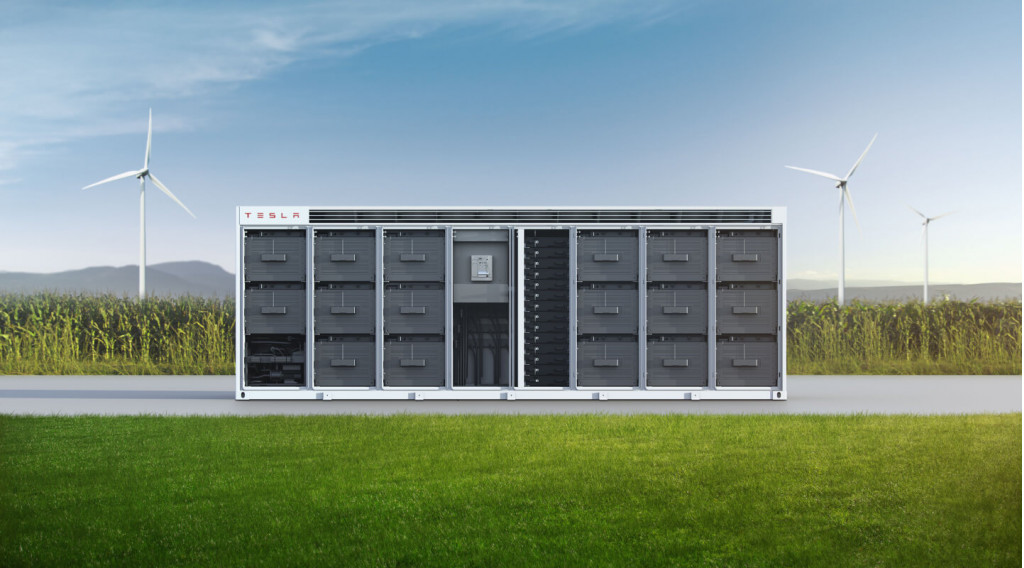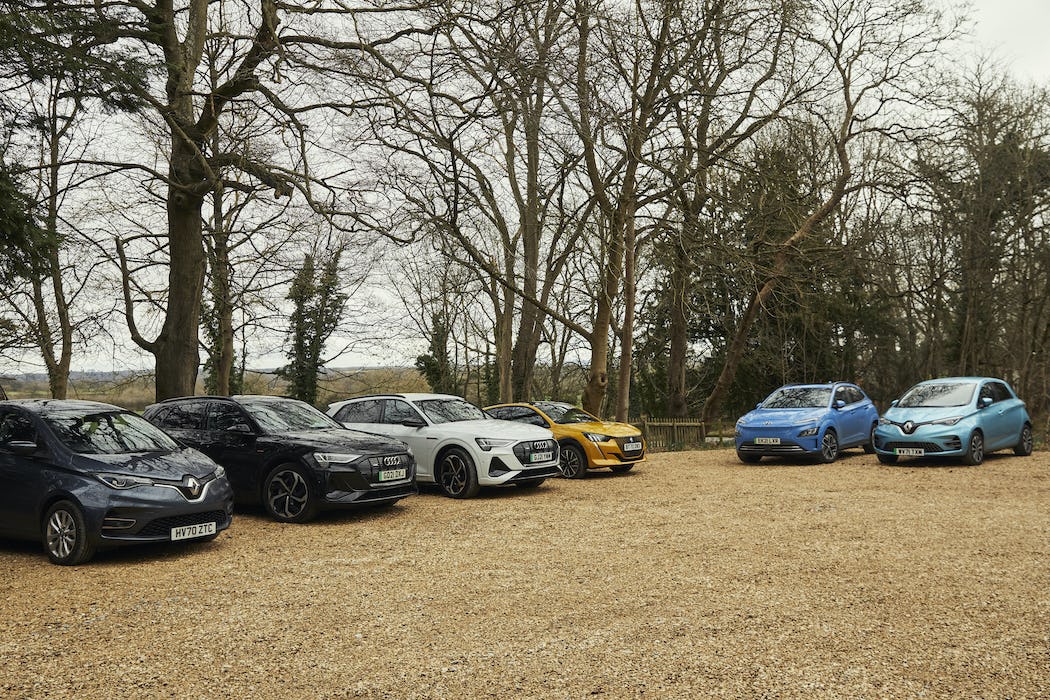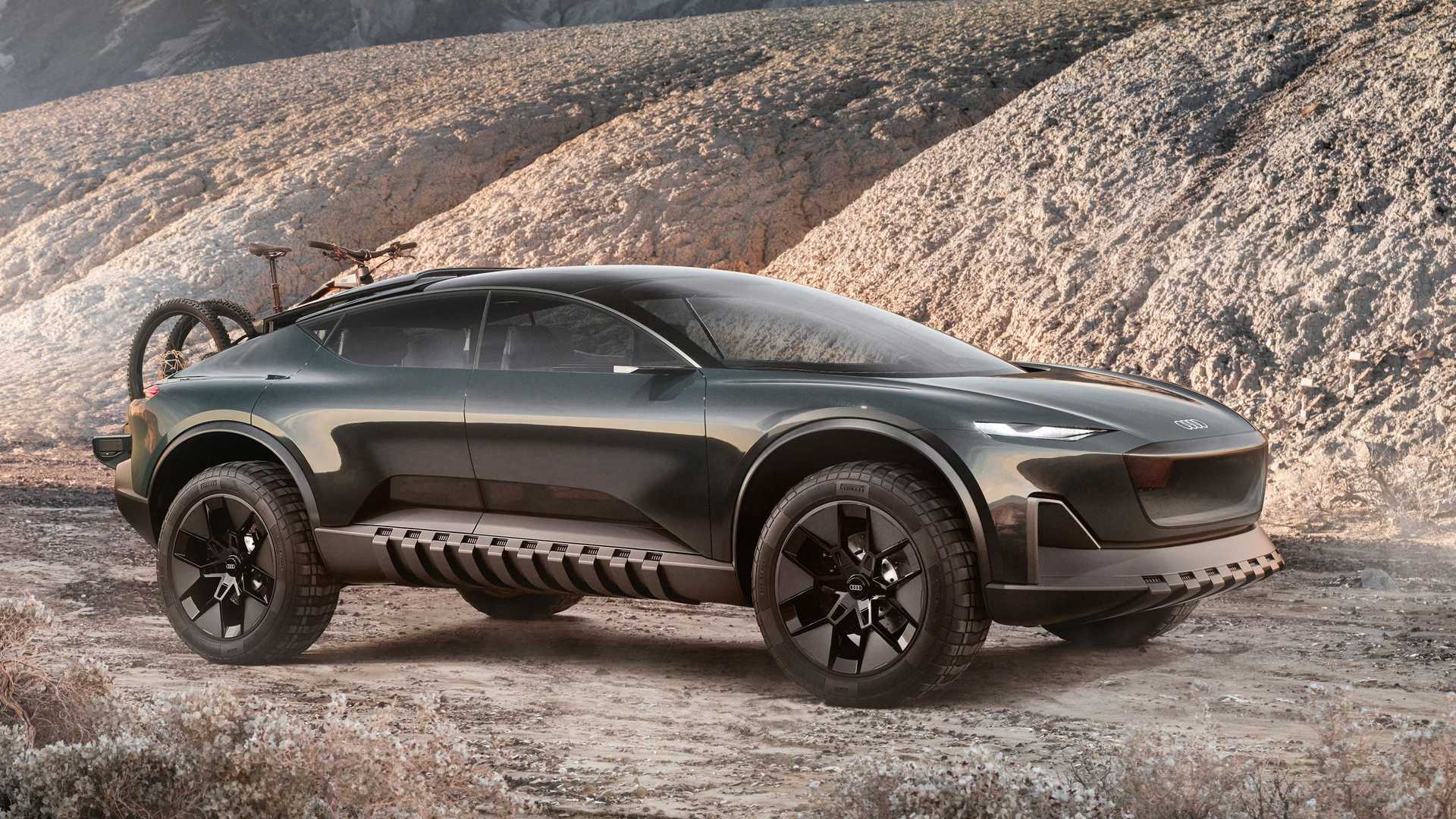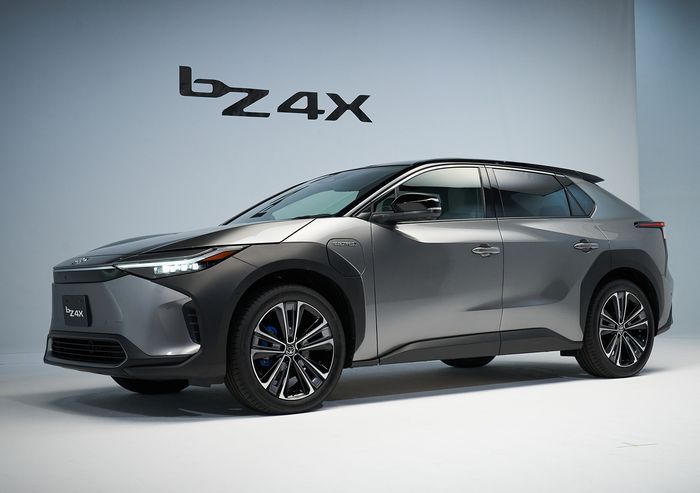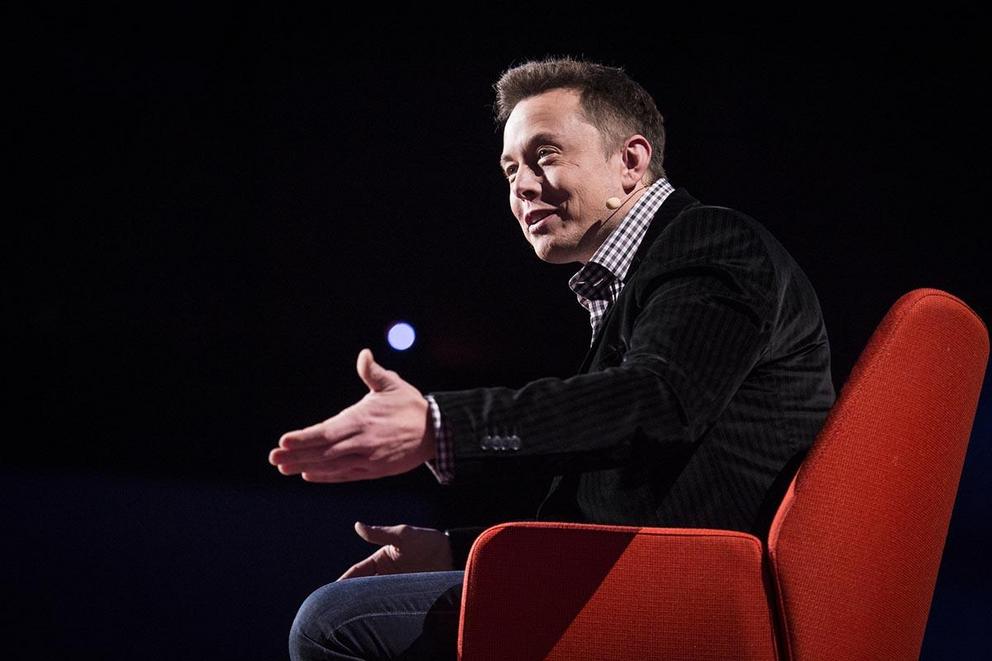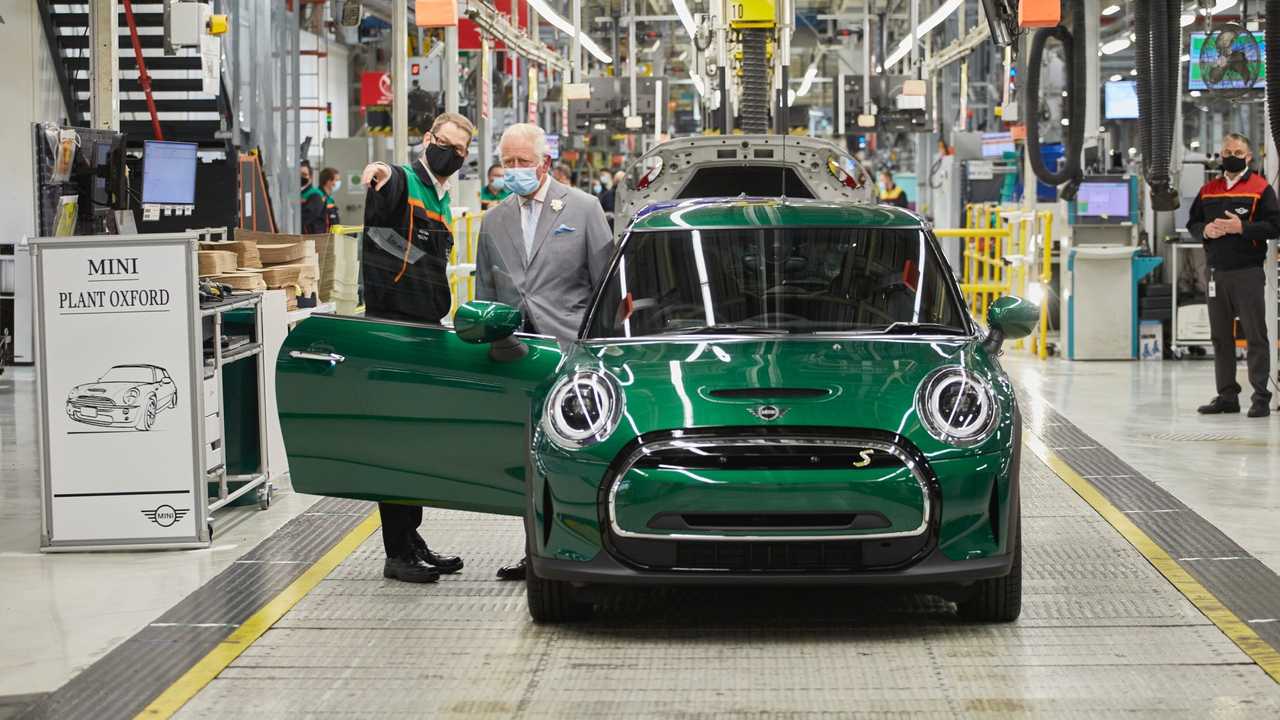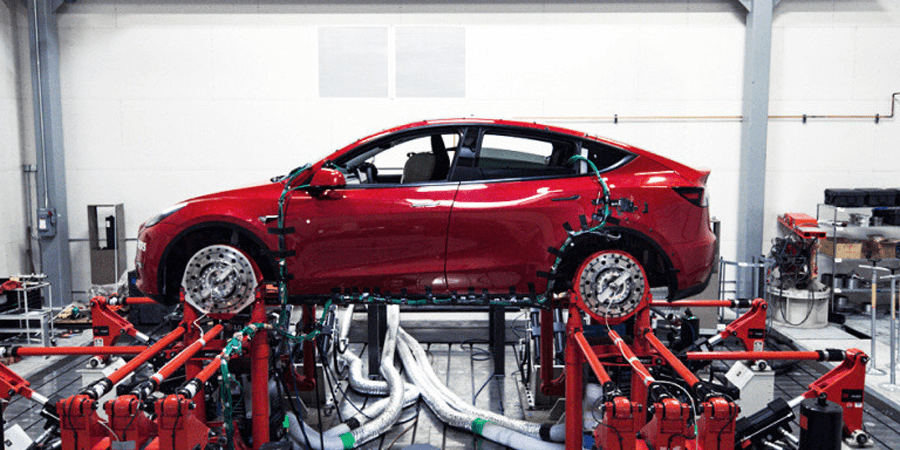Tesla has recently announced plans to use their new 4680 cells in their stationary storage devices, in addition to their vehicles.
The switch was revealed by CEO Elon Musk during his presentation at Giga Nevada, where he also announced a $3.6 billion expansion that will include new floor space for 4680 production and high-volume Semi manufacturing.
“We expect the new cell factory will produce at least 100gwh, and as I said that’s really just to begin with. Long term Tesla is aiming to produce well over 1,000GWh, possibly 2,000 or 3000 [GWh]…and they will also be using 4680 for stationary storage as well,” Musk explained.
The 4680 cell factory at Giga Nevada will have an initial production capacity of 100 GWh per year, with plans to increase that to as much as 500 GWh per year in the future.
However, given that Tesla is currently ramping up production of the 4680 cells and has only recently reached a milestone of producing 886,000 cells in 7 days, it will likely be several years before they are being used in both vehicles and stationary storage devices.
The company’s long-term goal is to produce up to 3,000 GWh per year, which should alleviate any supply concerns in the future. In 2021, Tesla switched to using cobalt-free lithium iron phosphate (LFP) cells in the Megapack, which allowed them to reduce costs and increase production without impacting their supply of nickel-based battery cells for their high-volume cars. The switch to LFP also improved the thermal stability and enhanced the Megapack’s safety and tolerance to mechanical stress.

